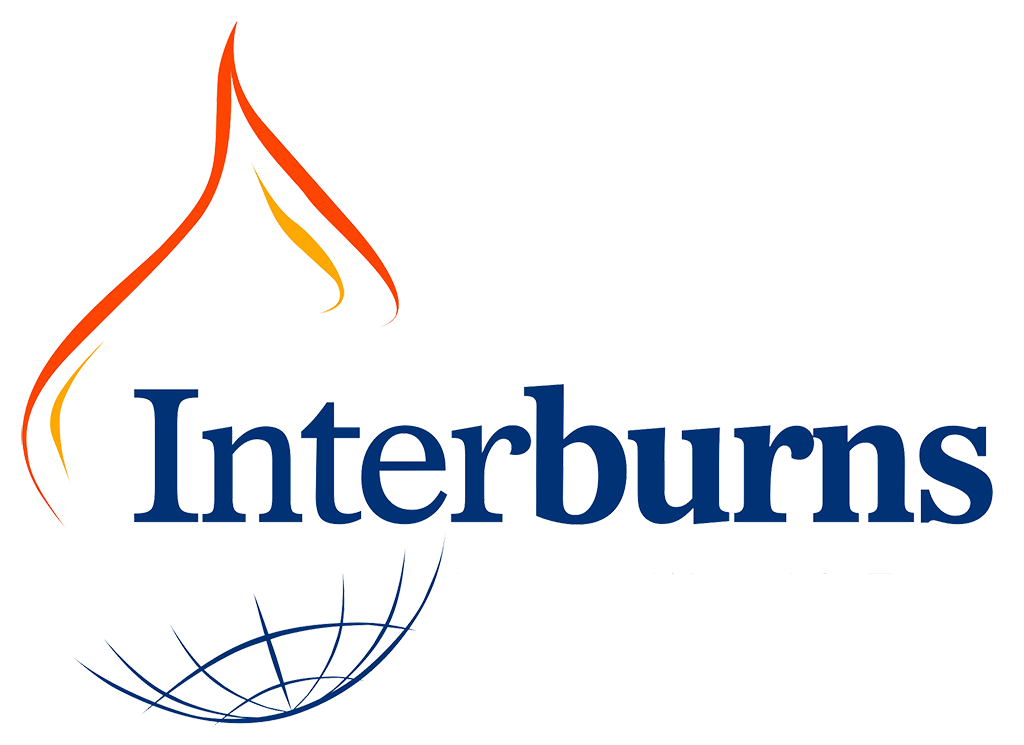From Palaces to Public Health: A Month in Indore, India
By Varad Gurude. This blog has been written following a month evaluating Interburns community burn prevention and first aid training programme and is part of a new research partnership with the Gillings School of Global Public Health in the US.
This summer, I spent 4 weeks in Indore, Madhya Pradesh, working with Interburns for my practicum. My role was to help evaluate the ongoing community-based burn prevention and first aid training program, which operates out of Choithram Netralaya, a leading eye hospital in Indore with a strong community outreach network.
Over the past year and a half, two local trainers have traveled across 15 districts, delivering practical and accessible education to schoolchildren, health workers, community members, and hospital patients. The aim is simple but powerful: equip people with accurate, life-saving information about Basic Burn Care.
My work focused on understanding the programme’s impact. We wanted to know whether the training improved participants’ knowledge of burn first aid, whether they found the sessions relevant to their lives, and how the program could be improved as it grows.
To answer these questions, we used a mixed-methods approach: collecting quantitative data from pre- and post-tests and surveys, and qualitative insights from focus group & interview discussions with health workers, schoolchildren, community members, and hospital patients.
What struck me most were the stories: participants who had treated burns at home using the correct steps, or advised neighbours during emergencies. The fact that people were not only remembering the material but also applying it in real-life situations was one of the clearest signs of success.
Beyond the numbers, the real lessons often came in quieter moments. I learned from watching the trainers adapt their delivery to suit different audiences and from seeing how community members engaged with the material. Many participants were hearing this information for the first time.
The training directly challenged persistent myths—like the use of toothpaste or turmeric on burns—replacing them with evidence-based, accessible steps such as cooling the burn with clean water and covering it with a clean cloth. It also became clear that the program’s effectiveness relied heavily on the trainers’ relationships with these communities. This wasn’t a one-off intervention; trust had been built over months, and it showed in the attentiveness and engagement during the sessions.
Indore turned out to be an ideal base for this work. Often ranked among India’s cleanest cities, it’s also a paradise for street food lovers. Evenings often ended at Sarafa Bazaar or 56 Dukan, weaving through the crowds with a plate of dahi vada or jalebi in hand. Beyond the food, the city is steeped in history—much of it tied to the Holkar dynasty. At its center stands Rajwada Palace, a seven-story blend of Maratha, Mughal, and French design. Its stone lower floors and wooden upper levels feel like a snapshot of the city’s layered past.
A short drive away, Lal Bagh Palace offers a different kind of grandeur. Once home to the Holkar rulers, its European-style interiors, grand ballroom, and sweeping gardens are a striking counterpoint to Rajwada’s traditional charm.
Everywhere in Indore, the legacy of Devi Ahilya Bai Holkar is present. Revered for her wisdom, philanthropy, and temple-building, she remains one of India’s most respected rulers. From the shrines she commissioned to the city’s airport that bears her name, her influence is woven into Indore’s identity.
While my month in Indore was relatively short, I truly learned more than I could have anticipated—about public health, community engagement, and the realities of delivering care in resource-limited settings.
This practicum offered a rare, firsthand view of community-based public health in action. It reinforced my belief that well-designed, locally led interventions can have a meaningful and lasting impact. I am deeply grateful to the Interburns team and staff at Choithram Netralaya for their generosity, guidance, and for allowing me to contribute to their vital work. I look forward to seeing where the project goes in the future!
Thanks to Varad for this important work and this insightful blog.
